Injectable Medication Shortages: Why Hospital Pharmacies Are on the Front Line
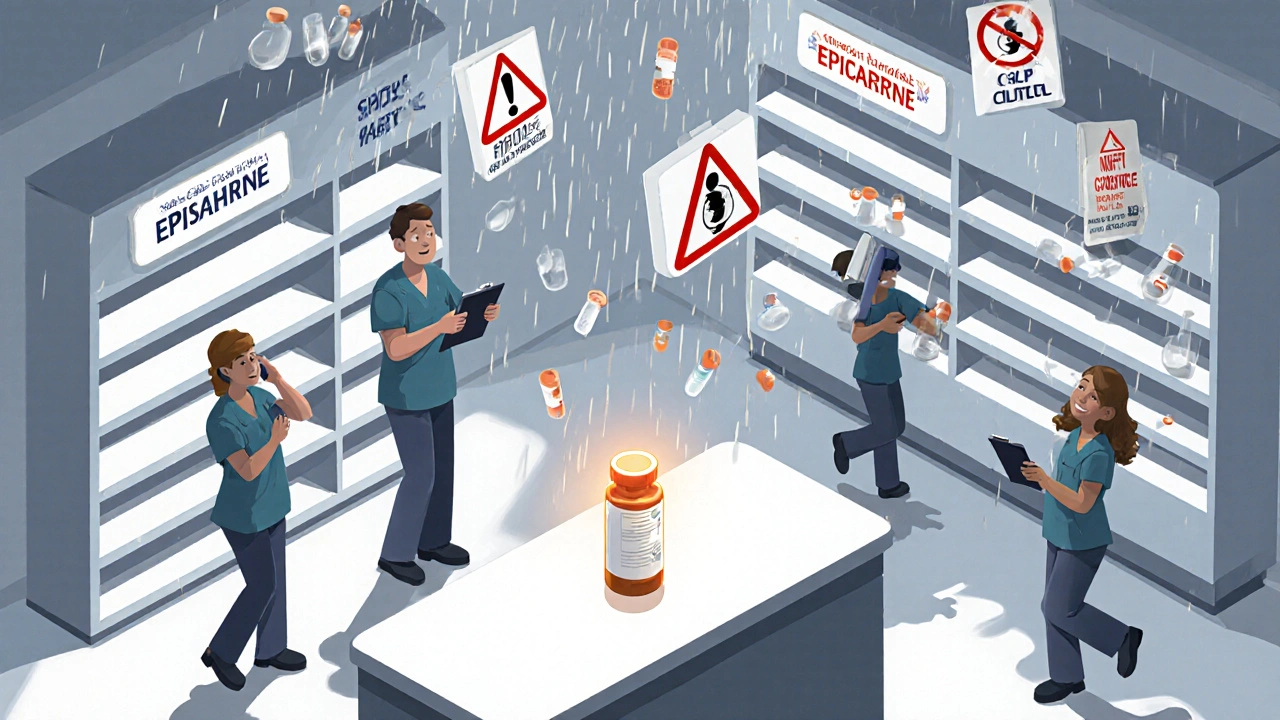
When a patient in the ICU needs a life-saving dose of epinephrine or a cancer patient requires cisplatin, and the vial isn’t there - that’s not a glitch. It’s the new normal. Hospital pharmacies across the U.S. are drowning in injectable medication shortages, and the ripple effects are hitting patients hardest. Unlike retail pharmacies that can sometimes swap a pill for a similar one, hospitals can’t just substitute an IV drug. The chemistry, dosing, and delivery matter too much. And when those sterile injectables vanish, there’s no backup plan waiting on the shelf.
Why Injectables Are the First to Go Missing
Not all drugs are created equal when it comes to supply chain fragility. Sterile injectables - things like antibiotics, anesthetics, chemotherapy agents, and IV fluids - make up nearly 60% of all current drug shortages. Why? Because they’re expensive to make, hard to produce, and barely profitable. A single vial of normal saline might cost a hospital 25 cents, but manufacturing it requires a clean room, sterile equipment, and a team trained to prevent contamination. One tiny mistake, and the whole batch gets tossed. That’s why 55% of all drug shortages trace back to manufacturing quality issues, according to FDA data analyzed by the National Association of Boards of Pharmacy. Add to that the fact that 80% of the raw ingredients for these drugs come from just two countries - China and India - and you’ve got a recipe for disaster. A tornado in North Carolina in 2023 took out a Pfizer plant and knocked out 15 critical medications. A quality alert from the FDA in early 2024 shut down cisplatin production in India, leaving oncology units scrambling. These aren’t rare events. They’re systemic.Hospital Pharmacies Are the Canary in the Coal Mine
Retail pharmacies might see 15-20% of their inventory affected by shortages. Hospital pharmacies? They’re dealing with 35-40%. And of that, 60-65% are sterile injectables - the kind you can’t just hand to a patient to take at home. These are drugs that go straight into veins, drips, or epidurals. If you run out of propofol, you can’t delay surgery for a week. If you’re out of dopamine, a patient’s blood pressure could crash before you find another source. Academic medical centers report being hit 2.3 times harder than community hospitals. Why? Because they treat the sickest patients - the ones needing complex, high-risk procedures. A nurse manager at Massachusetts General Hospital reported postponing 37 surgeries in just one quarter because they couldn’t get enough anesthetics. That’s not just a scheduling headache. It’s trauma for patients. Families wait. Pain goes untreated. Recovery gets delayed.The Drugs That Keep Disappearing
Some categories are hit worse than others. Anesthetics? 87% are in shortage. Chemotherapeutics? 76%. Cardiovascular injectables like norepinephrine and vasopressin? 68%. These aren’t obscure drugs. They’re the backbone of emergency and critical care. When you can’t get lidocaine, you can’t manage arrhythmias. When you’re out of phenylephrine, you can’t stabilize blood pressure during surgery. And when normal saline runs out - yes, that happened in late 2024 - hospitals had to turn to oral rehydration for post-op patients. It’s not ideal. But it was the only option left. The problem isn’t new. The US Pharmacopeia found that 89% of 2024 shortages were carryovers from 2023. That means patients have been living with these gaps for years. And the average shortage lasts 4.6 years - longer than most people stay in college.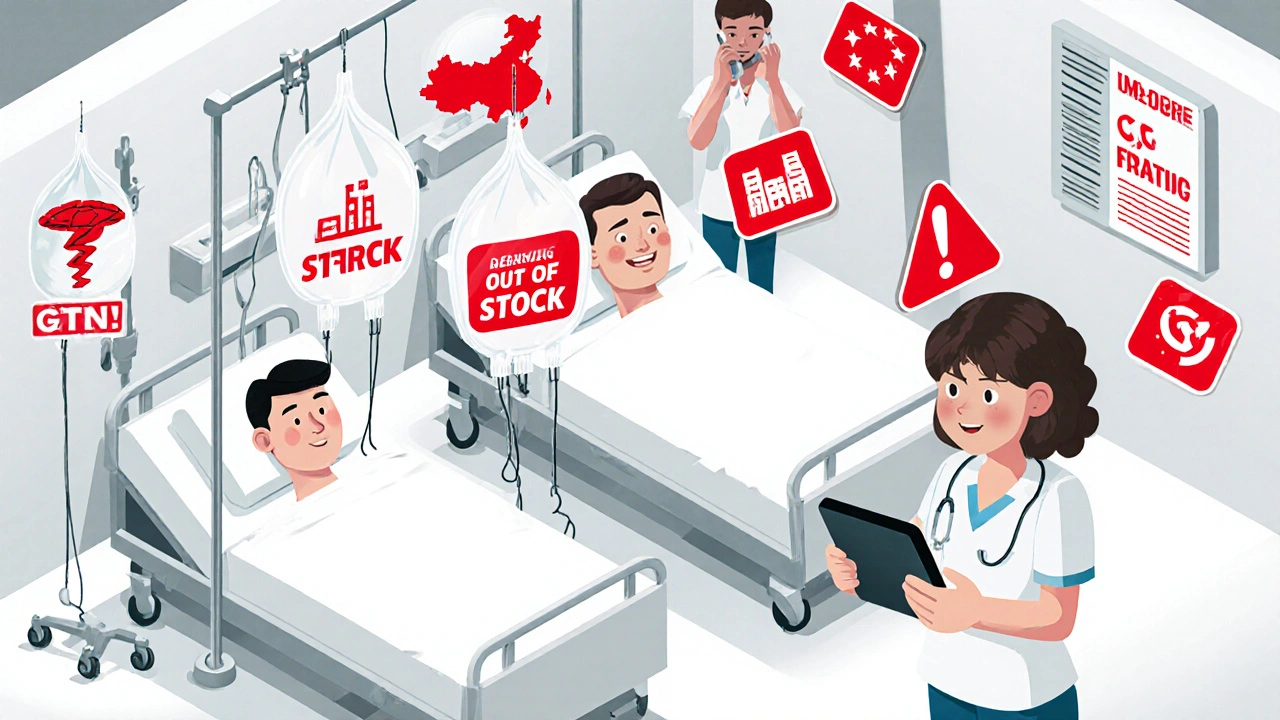
Why Nobody’s Fixing It
You’d think with so many lives at stake, someone would step in. But the economics don’t add up. Most generic sterile injectable manufacturers operate on profit margins of just 3-5%. That’s not enough to invest in better equipment, backup suppliers, or quality control upgrades. When a plant shuts down for a month because of an FDA violation, the company can’t afford to keep producing elsewhere. So they wait - and patients wait with them. The FDA has limited power to stop shortages. Even though manufacturers are required to notify the agency of potential disruptions, only 14% of those notifications lead to timely fixes. The Consolidated Appropriations Act of 2023 tried to improve reporting, but the Government Accountability Office found it only reduced shortage duration by 7%. Meanwhile, only 12% of manufacturers have adopted newer technologies like continuous manufacturing, which could make production more reliable. The $1.2 billion the Biden administration pledged in 2024 to boost domestic drug production sounds big - but industry experts say it’ll take 3 to 5 years to see any real impact. By then, another 200 drugs could be in shortage.What Hospital Pharmacies Are Doing to Survive
They’re getting creative. Pharmacists are spending nearly 12 hours a week just tracking down alternatives, negotiating with suppliers, and getting approval from pharmacy and therapeutics committees to swap one drug for another. That’s 12 hours they’re not spending counseling patients or checking for interactions. Some hospitals have created formal shortage management teams. But only 32% of them feel properly staffed or funded. Others are consolidating stock in central locations to stretch supplies. Some are rewriting standing orders to include approved alternatives - like switching from IV to oral antibiotics when clinically safe. One pharmacist on Reddit wrote about using oral hydration for post-op patients because IV saline was gone. Another admitted to ethical dilemmas - having to choose which patient gets the last dose of a life-saving drug. Sixty-eight percent of hospital pharmacists say they’ve faced these impossible choices in the past year.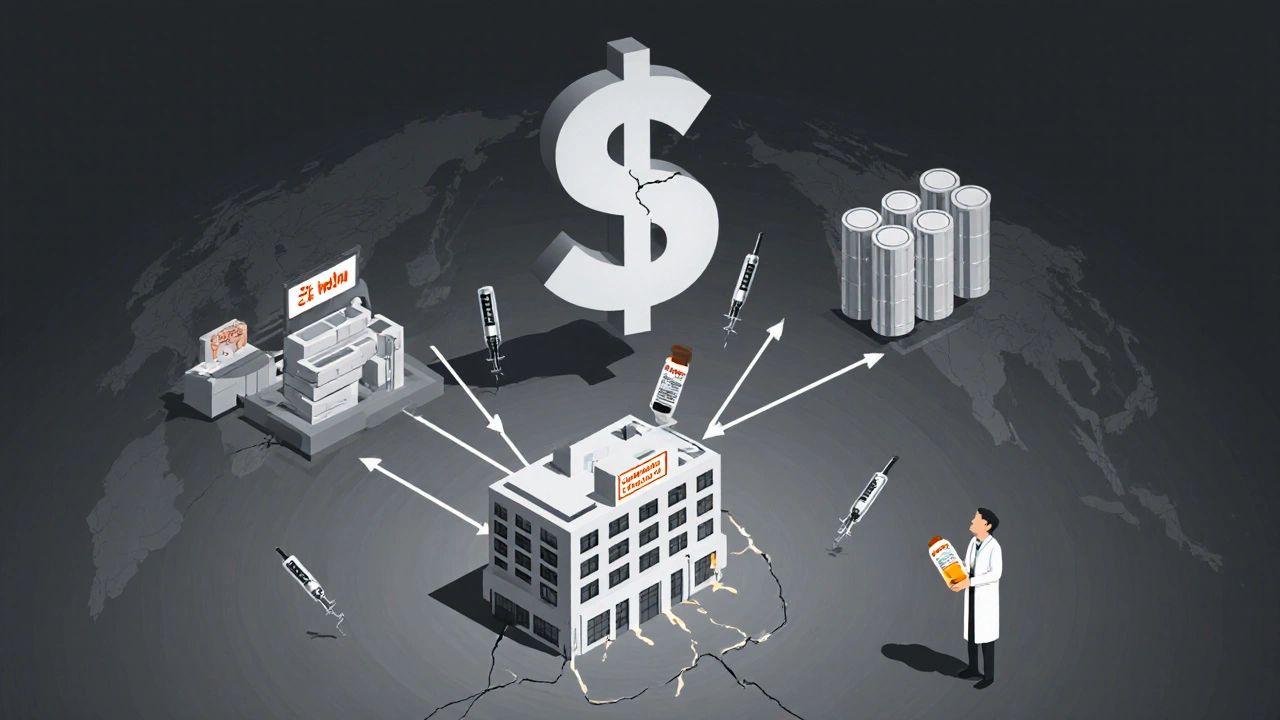
The Human Cost
Behind every shortage is a person. An elderly man waiting for his chemotherapy. A child needing antibiotics for sepsis. A woman in labor who can’t get epidural pain relief. These aren’t abstract stats. They’re real lives impacted by a broken system. The Department of Health and Human Services estimates each shortage affects about 500,000 people. More than 30% of them are over 65. That means older adults - already vulnerable - are getting hit hardest. And there’s no easy fix. You can’t just order more. You can’t just make more. The system isn’t built for resilience. It’s built for cost-cutting.What Comes Next?
Without major policy changes, experts predict 200-250 injectable shortages will persist through 2027. Hospital pharmacies won’t stop adapting. But they’re not meant to be emergency responders. They’re meant to be safe, reliable, and predictable. The real solution isn’t more workarounds. It’s investment - in domestic manufacturing, in quality infrastructure, in fair pricing for generics. Until then, hospital pharmacists will keep working 12-hour days, calling every distributor in the country, and praying that the next vial arrives before the next patient needs it.For now, the only thing certain is this: if you’re admitted to a hospital, you’re taking a risk - not just from your illness, but from whether the medicine to treat it will be there.

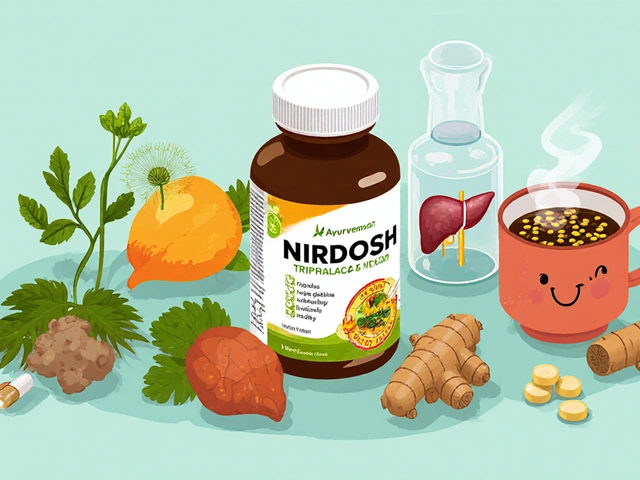
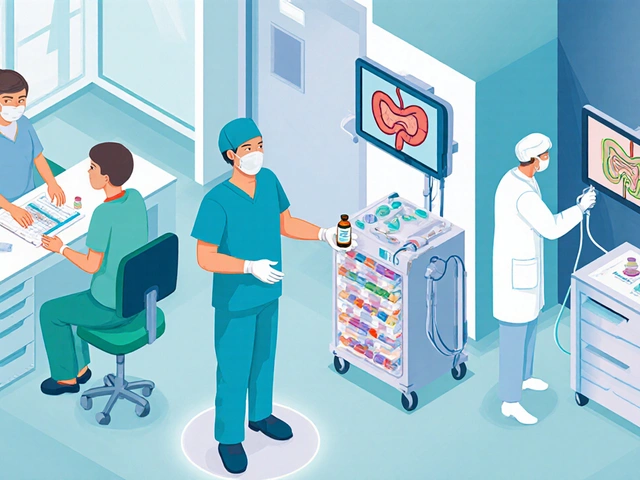
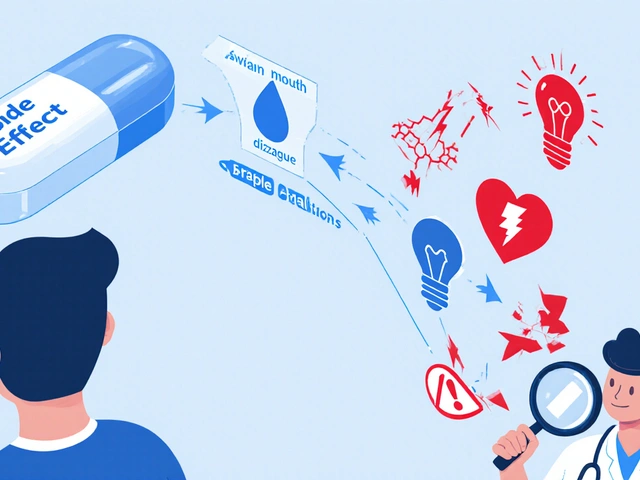
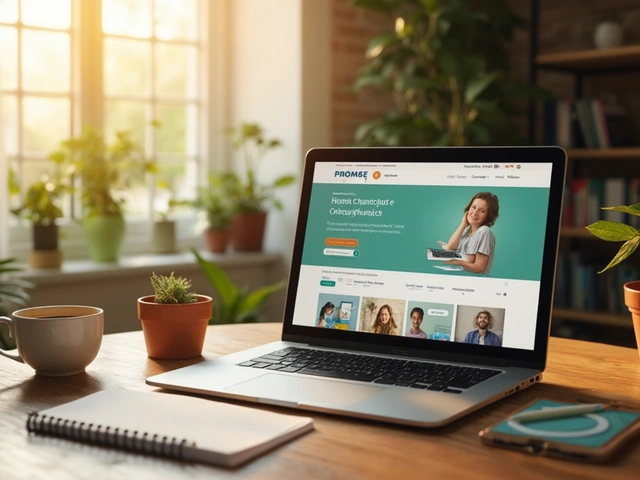
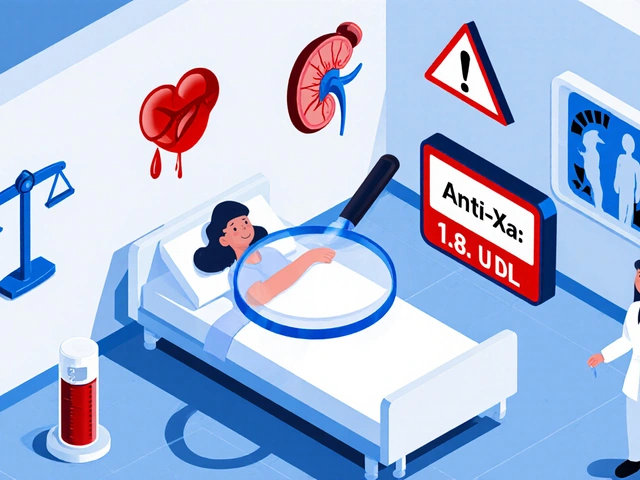
Comments (10)
Chris Vere
21 Nov 2025
The injectable shortage crisis isn't just a US problem it's a global supply chain failure rooted in neoliberal cost-cutting and the outsourcing of essential pharmaceutical production to countries with lax regulatory oversight. We've traded sovereignty for cheapness and now we're paying with lives. The fact that 80% of raw API comes from two nations should have triggered alarm bells decades ago. This is what happens when you treat medicine like a commodity and not a human right.
Leo Tamisch
23 Nov 2025
Wow. Just wow. 🤯 The sheer *drama* of this post is almost poetic. Like a Shakespearean tragedy but with IV bags instead of swords. I mean... we’re talking about saline shortages here. Not the collapse of civilization. 😅 Yet somehow, we’ve turned a supply chain hiccup into a cinematic apocalypse. The real tragedy? The fact that people still believe hospitals are magic bullet factories. 🤷♂️
Noah Fitzsimmons
24 Nov 2025
Oh please. You think this is bad? Try being a pharmacist who’s had to explain to a 72-year-old diabetic that her insulin won’t arrive for 3 weeks because some factory in Hyderabad had a power outage. And you know what? The FDA’s ‘solution’ is to ask manufacturers to *notify* them 6 months in advance. Like that’s gonna help someone bleeding out right now. 😂 You’re all just performing outrage while the system burns. And no one’s gonna fix it because profits > people. Again. Always.
Clifford Temple
24 Nov 2025
China and India are literally weaponizing our healthcare. We let them control 80% of our critical meds? That’s not a shortage-that’s an act of economic warfare. We need to ban all foreign-sourced injectables immediately. Build plants in Ohio. Pay workers $30/hour. Nationalize the supply chain. If we can send tanks to Ukraine, we can damn well make our own damn saline. This isn’t a healthcare crisis-it’s a national security emergency. 🇺🇸
Corra Hathaway
26 Nov 2025
Okay but can we just take a second to applaud the hospital pharmacists?? 🙌 They’re the unsung heroes running around like human Google searches trying to find alternatives while juggling ethics, insurance, and exhausted nurses. I’ve seen them cry in the break room after having to choose who gets the last vial. They’re not just filling prescriptions-they’re holding back the tide with duct tape and hope. We owe them so much more than a thank-you card.
Shawn Sakura
26 Nov 2025
So true. I work in a community hospital and we’ve been using oral rehydration for post-op patients because IV fluids were gone. It’s not ideal, but it works. The real issue? We don’t have enough pharmacists. We’re understaffed, overworked, and the admin keeps cutting our budget. I’m not even mad anymore. Just tired. 😔
Paula Jane Butterfield
27 Nov 2025
One thing people don’t realize: when a drug goes missing, it’s not just the *drug* that’s gone-it’s the *trust*. Patients start asking, ‘Is my chemo coming?’ ‘Will I get pain meds?’ ‘Can I even be safe here?’ That anxiety kills faster than some shortages. And it’s the nurses and pharmacists who carry that weight every single day. We need to fund them like they’re frontline warriors-because they are.
Simone Wood
29 Nov 2025
Let’s be real-this is what happens when you let capitalism run healthcare. The FDA is a toothless tiger. Manufacturers don’t care because they know they’ll get bailed out. And politicians? They’ll tweet ‘thoughts and prayers’ while the next batch of epinephrine sits in a warehouse in Mumbai. I’ve seen it happen. I’ve been the one holding a patient’s hand while they wait for a drug that may never come. This isn’t systemic failure-it’s systemic betrayal.
Michael Marrale
30 Nov 2025
Did you know the CDC has been secretly stockpiling injectables since 2020? And that the real shortage is being manufactured by Big Pharma to drive up prices? I’ve got sources. They’re using AI to predict which drugs will be in demand and then artificially limiting supply. It’s all a scheme. The government knows. The FDA knows. But they won’t tell you. Why? Because they’re in on it. The vials aren’t gone-they’re hidden. And someone’s making billions while kids go without antibiotics.
Pravin Manani
1 Dec 2025
What’s being overlooked is the structural asymmetry in global pharmaceutical manufacturing. The US and EU have outsourced production to low-margin, high-risk hubs because of cost arbitrage-but the regulatory burden remains entirely domestic. So when a GMP violation occurs in India, the FDA shuts down imports, but the manufacturer doesn’t bear the cost of the disruption-they pass it to the hospital. This isn’t a supply chain issue-it’s a liability externality problem. We need mandatory domestic buffer stockpiles, mandatory dual-sourcing for critical injectables, and a tiered pricing model that incentivizes resilience over marginal profit. The current system is not just broken-it’s designed to fail.